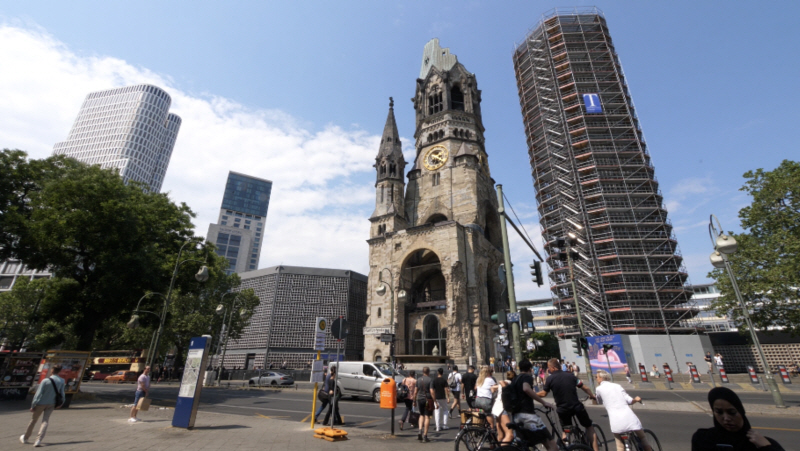![[Review] Disney's 100th Anniversary Memorial 'Wish', asking the way between the brilliant intention and the unfortunate development](https://kroamer.com/upload/trending/44553_44065_185.png)
<Documentary ON> Building the future, zero energy architecture
2024-07-04 16:41:04

The carbon dioxide and enormous energy generated while producing and transporting building materials, as well as the energy used to maintain and live within the building, are greater than expected.
If we go one step further and use renewable energy, it becomes an energy self-sufficient house.
An office building in Goyang-si, Gyeonggi-do boasts an energy independence rate of 122%.
An energy independence rate of 122% means that even after 100% of the building's self-produced energy is covered, 22% remains.
Moreover, if you build an energy self-sufficient building, you can receive various government support.
It is the world's largest city with a high concentration of ultra-insulated housing (passive house) complexes, and all facilities, including residential spaces, public institutions, private commercial facilities, and office facilities, are energy self-sufficient buildings.
In order to become carbon neutral in response to the climate crisis, Korea is also promoting energy self-sufficient buildings.
This year, approximately 529 public buildings, including daycare centers and public health centers, are scheduled to be remodeled into energy self-sufficient buildings with government support.
In the case of new buildings, starting from 2020, public buildings larger than 1,000 m2 are mandatory to be energy self-sufficient.
In the future, when licensing private buildings, a step-by-step mandate is being promoted to ensure that the minimum standards are aligned with the level of energy self-sufficient buildings.


![[Master of SBS Life] Hmd Dundal - Pyongyang cold noodles in the feast noodles.](https://kroamer.com/upload/trending/thumb-hUl1747640793466_600x450.jpg)
![[SBS Woori Movie] Nam Gung -min X Jeon Yeo -bin, captured only two of them without an empty movie theater!](https://kroamer.com/upload/trending/thumb-0me1747616945489_600x847.jpg)



![[SBS's Spring] Ha Yoo-jun, Park Ji-hoo-Seo Hye-won, Kim Sun-min, "" ‘‘ ‘‘ ‘‘ ‘‘ ‘초 초 초 초 초 x anxiety x embarrassment,](https://kroamer.com/upload/trending/thumb-Z601747616125848_600x750.jpg)